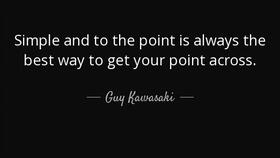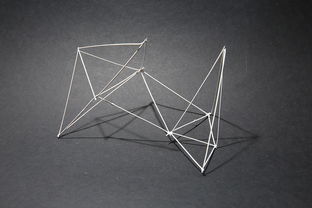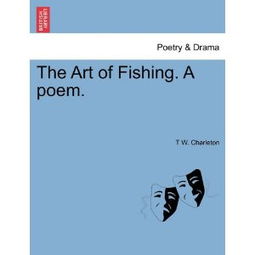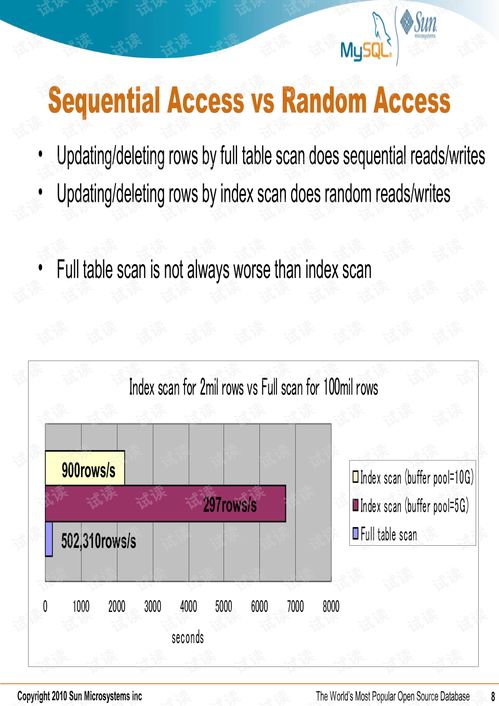Content:
D钓鱼,这项古老而充满乐趣的户外活动,不仅考验着钓鱼者的耐心和技巧,更是一种与自然和谐共处的艺术,在钓鱼过程中,抓浮漂是至关重要的一个环节,它直接关系到钓鱼的成败,以下是一些关于如何抓浮漂的技巧,帮助您成为钓鱼高手。
Understanding the Float
Before diving into the techniques, it's essential to understand the float. A float, also known as a bobber, is a device that sits on the water's surface and helps anglers detect when a fish is biting. It can be made of various materials, such as plastic, wood, or foam, and comes in various shapes and sizes.
Choose the Right Float
The first step in mastering the art of catching floats is to select the right one for your fishing conditions. Consider the following factors:
- Water Depth: For deeper waters, use a float that is longer and more buoyant. In shallow waters, a shorter and less buoyant float is more suitable.
- Fish Size: Larger floats are better for catching bigger fish, while smaller floats are ideal for smaller fish.
- Water Conditions: In clear waters, use a lighter float to minimize visibility. In murky waters, a heavier float can be more effective.
Attach the Float Properly
Properly attaching the float to your line is crucial for its performance. Here's how to do it:
- Thread the Line Through the Float: Push the line through the hole at the top of the float. Make sure the line is straight and not twisted.
- Add Weight: Attach a weight to the line above the float. The weight should be enough to keep the float afloat but not so heavy that it sinks the float too quickly.
- Secure the Line: Use a knot, such as an improved clinch knot or a palomar knot, to secure the line to the float. Ensure the knot is tight and secure.
Adjusting the Float Depth
The depth at which the float sits in the water can significantly impact your fishing success. Here's how to adjust it:
- Tug on the Line: Gently tug on the line to see how deep the float sits. If it's too deep, add more weight. If it's too shallow, remove some weight.
- Use a Float Stopper: A float stopper is a device that allows you to set the depth of the float. Adjust the stopper to the desired depth and tie it to the line above the weight.
- Experiment: Try different depths and observe how the fish react. Sometimes, the fish may be biting at a specific depth, and adjusting the float accordingly can increase your chances of catching them.
Reading the Float
Once you've adjusted the float to the right depth, it's time to learn how to read it:

- Motion: Pay attention to the motion of the float. A sudden movement or a quick pull on the line could indicate a fish bite.
- Subtle Movements: Sometimes, fish bites are subtle. Look for small movements, such as a slight dip or twitch in the float.
- Patience: Be patient and observe the float for extended periods. It's easy to miss a bite if you're not paying close attention.
Reeling in the Fish
When you detect a bite, here's how to reel in the fish:
- Set the Hook: Once you feel a pull on the line, set the hook by firmly pulling the rod tip down.
- Reel In Slowly: Reel in the line slowly and steadily. Avoid jerking or pulling too hard, as this may cause the fish to escape.
- Land the Fish: Once the fish is close to the boat or shore, gently land it using a net or by holding the rod with both hands.
Conclusion
Catching floats is an essential skill for any angler. By understanding the float, attaching it properly, adjusting its depth, reading its movements, and reeling in the fish, you'll be well on your way to becoming a master angler. Remember, practice makes perfect, so don't be discouraged if you don't catch fish immediately. Keep practicing these techniques, and you'll soon be reeling in fish with ease. Happy fishing!












